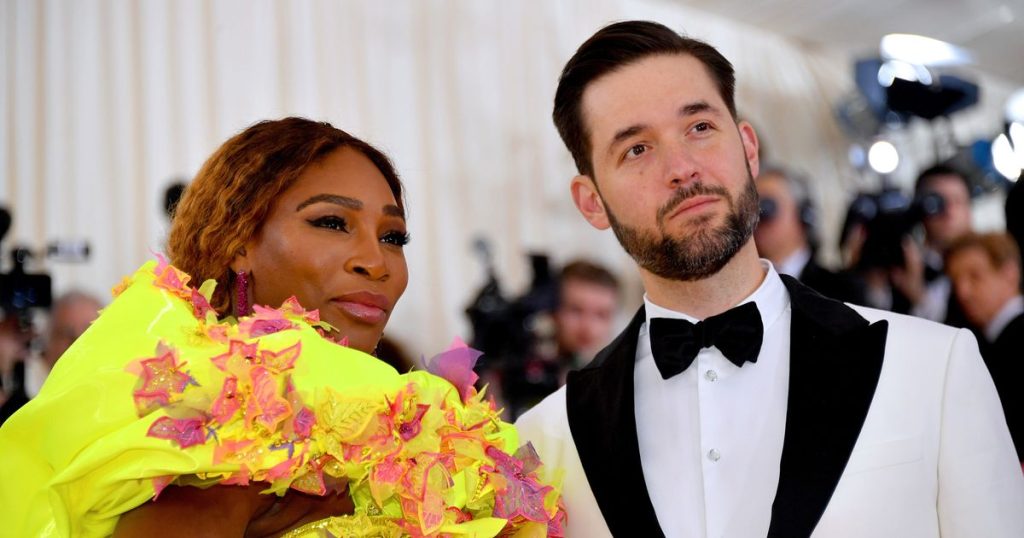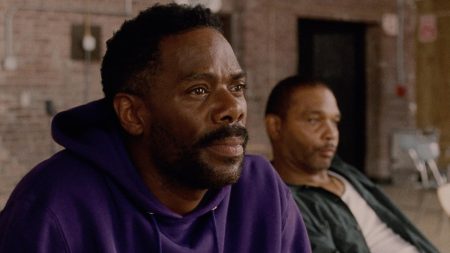Serena Williams’ Super Bowl Halftime Show Sparks Debate Over Culture and Celebrity Relationships
A Performance that Ignited Conversation
Serena Williams’ appearance during Kendrick Lamar’s Super Bowl halftime show in New Orleans on Sunday has become a topic of heated debate. The tennis legend’s choreography during Lamar’s performance of “Not Like Us,” a track widely interpreted as a diss aimed at rapper Drake, has drawn both praise and criticism. While some celebrated her performance as a nod to her cultural roots, others, including ESPN commentators Stephen A. Smith and Shannon Sharpe, expressed discomfort, linking her involvement to rumors of a past romantic connection with Drake. The discussion on ESPN’s First Take highlighted a broader societal tension: the scrutiny of women in the public eye, particularly when it comes to their personal lives and professional choices.
Cultural Homage vs. Petty Drama: Breaking Down the Performance
Ryan Clark, a former NFL player and guest on First Take, offered a counterpoint to Smith and Sharpe’s criticism. Clark emphasized that Williams’ performance was more than just a rumored dig at Drake. “She’s from Compton,” he reminded the hosts, pointing out that Williams, like Kendrick Lamar, hails from the Los Angeles neighborhood. Her inclusion of the “Crip Walk” during the performance was, Clark argued, a homage to Compton’s cultural history and the dance’s origins in the 1970s. While Smith and Sharpe acknowledged her roots, they remained focused on the rumored history between Williams and Drake, suggesting that her actions were an attempt to “get back” at her alleged ex. “If I’m married, and my wife is going to join in trolling her ex, go back to his ass,” Smith said, doubling down on his stance.
The Backlash and Bias Against Williams
The debate over Williams’ performance raises questions about societal expectations of women, particularly high-profile ones. Smith and Sharpe’s comments reflect a wider tendency to judge women in the public eye for their personal lives, even when those lives are tangential to their professional achievements. The criticism directed at Williams—implying that she should avoid any appearance of engaging with her past—υτό clashed with the cultural significance of her performance. The fact that Williams, a 23-time Grand Slam champion and global icon, was being scrutinized for a brief dance during a halftime show underscores the double standards faced by women in sports and entertainment.
Serena Williams’ Husband Alexis Ohanian Defends Her
Not everyone shared Smith and Sharpe’s disapproval. Serena Williams’ husband, tech entrepreneur Alexis Ohanian, stepped into the fray to defend her performance. On X, formerly Twitter, he praised the halftime show as “pretty fantastic” and highlighted the broader significance of her actions. Ohanian pointed out that Williams had faced similar backlash in 2012 when she performed the Crip Walk at Wimbledon. “Some of y’all have no idea how criticized Serena was for this same dance at Wimbledon 13 years ago and it shows,” he wrote. “This is bigger than the music.” Ohanian’s comments underscored the enduring nature of the criticism Williams has faced throughout her career—and her ability to rise above it.
The Crip Walk Controversy: A Deeper Look
The Crip Walk, which Williams incorporated into her performance, has long been a symbol of cultural pride and resilience. Originating in Compton in the 1970s, the dance is deeply intertwined with the history of the neighborhood and its people. For Williams and Lamar, both of whom have Compton roots, the inclusion of the dance was a celebration of their shared heritage. Yet, as Ohanian noted, Williams has faced criticism for performing the dance in the past. Her decision to do it again at the Super Bowl was, therefore, not just a nod to her roots but also a defiance of the expectations placed on her as a Black woman in the public eye.
Serena Williams’ Legacy and the Broader Implications
The debate over Serena Williams’ halftime show performance reflects a larger conversation about the intersection of culture, identity, and celebrity. Williams, who has built a career on breaking barriers and defying expectations, has once again found herself at the center of a storm. While some view her performance as a petty swipe at an ex, others see it as a powerful celebration of her roots and an act of resilience in the face of criticism. As the dust settles, one thing is clear: Serena Williams remains a lightning rod for conversation, a testament to her enduring impact both on and off the court. Her ability to ignite debate and challenge societal norms is a hallmark of her legacy—and a reminder that, even in retirement, she continues to be a force to be reckoned with.















